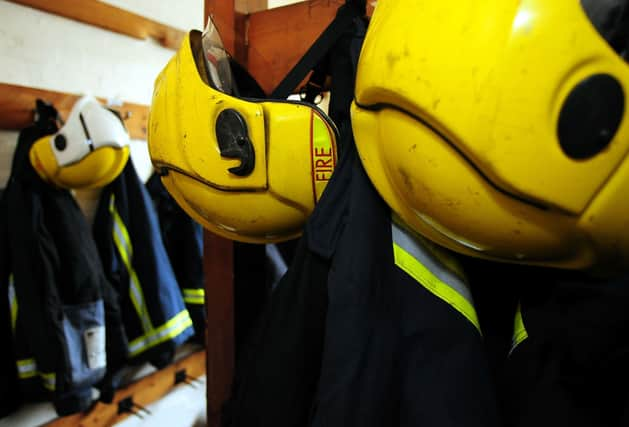More fire safety checks being completed on Cambridgeshire buildings


According to latest figures, Cambridgeshire firefighters carried out more safety checks on buildings last year, despite inspections hitting a record low across England, despite the aftermath of the disastrous Grenfell Tower fire in London.
Fire services conduct audits on most public buildings and the shared areas of residential properties such as flats to make sure they are in line with safety laws.
Advertisement
Hide AdAdvertisement
Hide AdBut with inspections hitting a record low across England last year, the Fire Brigades Union warns the scale of the building safety crisis – exposed by the Grenfell Tower fire – is “beyond all current comprehension”.
Home Office data shows the Cambridgeshire Fire and Rescue Service completed 1,263 fire safety audits on buildings in 2019-20.
This was 76 more than the 1,187 inspections recorded the previous year. It was also an increase on the 1,178 done in 2010-11, when comparable recorded began.
The national trend was very different, with the number of audits completed falling to a record low of 48,400 last year – 43% fewer than in 2010-11.
Advertisement
Hide AdAdvertisement
Hide AdBuildings tested include care homes, hospitals and high-rises, as well as schools and shops.
Local breakdowns on the type of buildings checked were unavailable, but nationally 3,500 were undertaken on blocks of flats.
This was a slight decrease on 2018-19 and far fewer than the 6,500 done in 2017-18. The Home Office said the higher number that year was likely to be in response to the Grenfell Tower disaster, which killed 72 people in June 2017.
Of the audits undertaken in Cambridgeshire last year, 242 (almost one in five) resulted in an “unsatisfactory” rating.
Advertisement
Hide AdAdvertisement
Hide AdCrews issued 122 informal notifications to premises that had failed an audit, explaining what action needed to be taken.
If informal notifications fail, they can take tougher action and Cambridgeshire crews handed out three enforcement notices – formal warnings that a building breaches the law.
Prohibition notices, ordering access to a building to be restricted or for it to be closed altogether, were issued on eight occasions.
Separate Home Office figures show there were the equivalent of 17 full-time staff members in Cambridgeshire capable of carrying out a fire safety audit in 2019-20, one less than a year earlier.
Nationally, the figure rose by 12 overall, to 963.
Advertisement
Hide AdAdvertisement
Hide AdMatt Wrack, Fire Brigades Union general secretary, said more than a decade of government cuts had led to preventative work being slashed.
“The Grenfell Tower fire exposed the shameful state of building safety in the UK,” he said.
“The scale of the building safety crisis is beyond all current comprehension – and firefighters have a crucial role to play in tackling it.”
Mr Wrack said the union supports the Government’s new bills on fire safety and building safety, which aim to expand firefighters’ prevention and protection work.
Advertisement
Hide AdAdvertisement
Hide Ad“But to be effective, the fire and rescue service must be properly funded,” he added. “As things stand, the Government is trying to do public safety on the cheap.”
A Home Office spokeswoman said the Government was committed to providing fire services with the resources they need.
She said: “Funding for stand alone fire and rescue services has increased by 3.2 per cent in 2020-21.
“We’ve also made more than £20 million of funding available to the sector to support fire protection work – £16 million of which is being invested directly to increase the number of audits and qualified officers.”